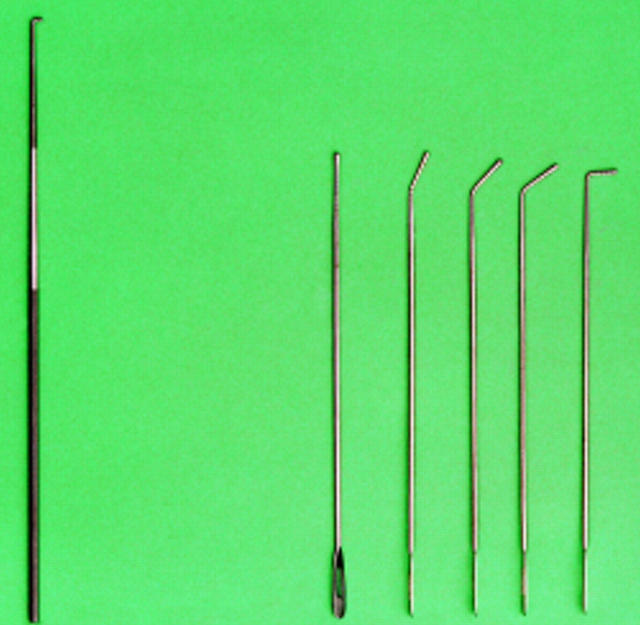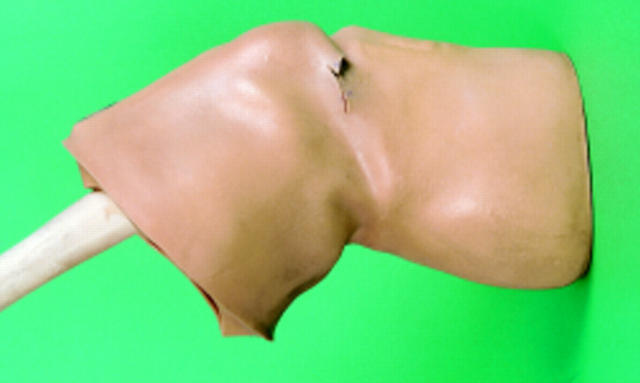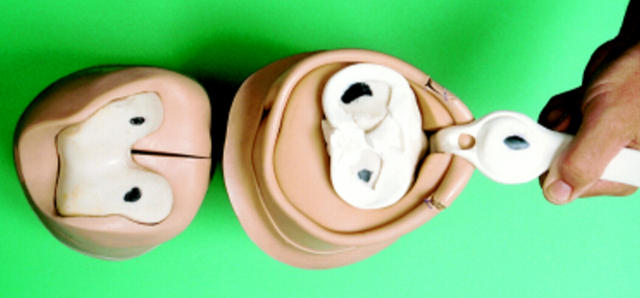Abstract
Methods: Ovoid "lesions" were drawn on the five cartilage surfaces of four plastic knees models. Two observers assessed these 20 lesions arthroscopically, measuring two diameters in orientations parallel and orthogonal to the probe. Observer 1 (orthopaedic surgeon) and observer 2 (arthroscopic rheumatologist) made two sets of measurements, firstly with the conventional probe and five months later with the variable angle elongated (VAE) probes. The knees were disarticulated to determine true lesion diameter.
Results: Observer 1 had negligible bias and good accuracy regardless of orientation or probe type. Observer 2 demonstrated both bias and poor accuracy using the conventional probe. Both improved using VAE probes. Poor interobserver reliability with conventional probes also improved using VAE probes. Major sources of variability could be traced to the probe type, the characteristics of the operator, and the orientation of the lesion in relation to the probe; the lesion location itself did not cause variability.
Conclusions: Variation in accuracy and poor interobserver reliability of measurements with conventional methods of cartilage lesion diameter measurement improved when specially designed measurement probes were used. Arthroscopic measurements performed as well as most clinical and radiographic measures. These findings have important implications for the use of arthroscopy as an outcome in multicentre trials where arthroscopists have different levels of experience.
Full Text
The Full Text of this article is available as a PDF (112.1 KB).
Figure 1 .
Arthroscopy probes. The conventional arthroscopy probe is shown to the left. The set of five specially designed measurement probes is shown to the right.
Figure 2 .
A plastic knee simulation model viewed in a constructed state.
Figure 3 .
A plastic knee simulation model disarticulated to show "lesions" drawn on "cartilage surfaces".





